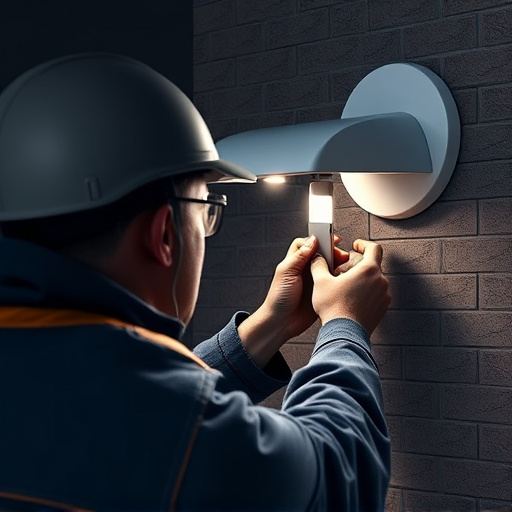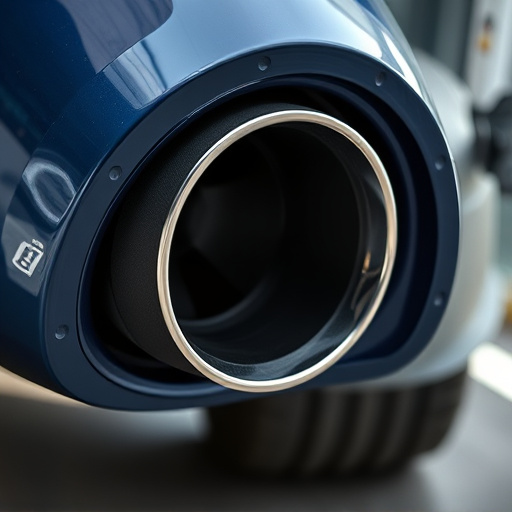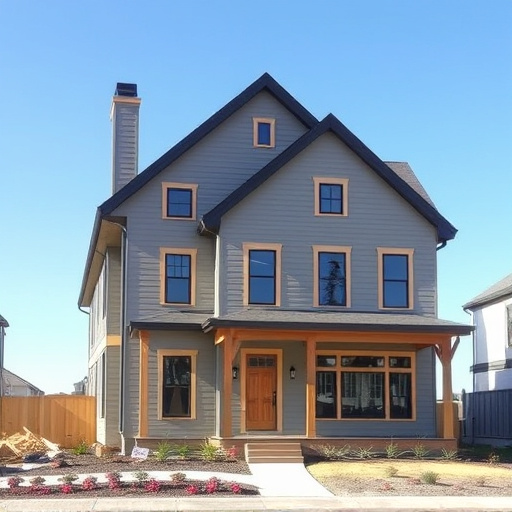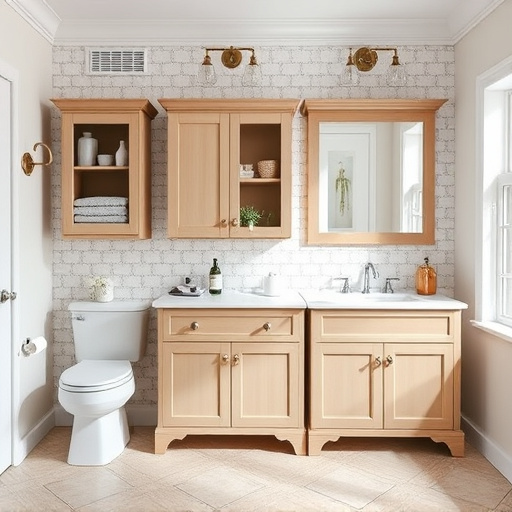Conducting a thorough infrastructure assessment before any commercial upgrade is crucial for informed decision-making. This process identifies improvement areas, from building systems and structural integrity to interior design, ensuring upgrades align with business goals and enhance productivity while maintaining aesthetic appeal. Strategic planning, including research on desired outcomes like customer base expansion or cost reduction through sustainability, minimizes costly mistakes and fosters a seamless transition beneficial to both operations and customer experiences.
Avoiding costly mistakes during a commercial upgrade is essential for business success. This article guides you through critical steps to ensure a seamless transition, from assessing your current infrastructure and identifying pain points to strategic planning and prioritizing features. We’ll show you how to execute upgrades with careful consideration, including testing, communication, performance monitoring, and maintaining data security. By following these principles, businesses can navigate their upgrade journey efficiently, avoiding common pitfalls and achieving long-term goals.
- Assessing Your Current Infrastructure
- – Identifying pain points and limitations of existing systems
- – Understanding business needs and future goals
Assessing Your Current Infrastructure
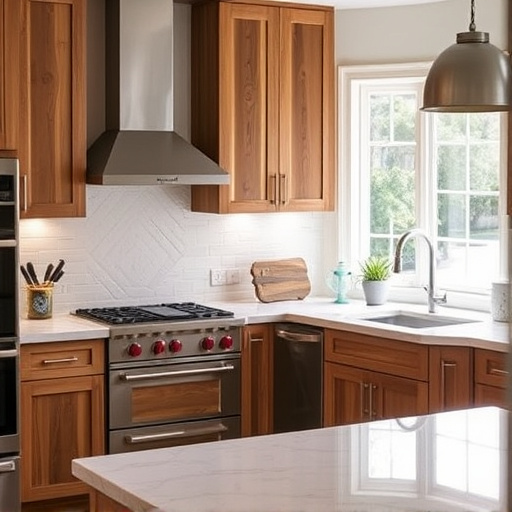
Before diving into any commercial upgrade, it’s crucial to thoroughly assess your current infrastructure. This involves evaluating the condition and capabilities of your building’s systems, from electrical wiring and plumbing to HVAC and structural integrity. A comprehensive inspection by professionals in renovation services can help identify potential issues or areas for improvement that may not be immediately apparent. Understanding these aspects is essential for making informed decisions about what upgrades are truly necessary, ensuring any changes align with your business needs and operational goals.
Furthermore, assessing your current infrastructure allows you to consider the impact of proposed upgrades on various aspects such as interior painting and home remodeling. By mapping out the existing layout and understanding how different spaces function together, you can plan for transformations that enhance productivity while maintaining an appealing aesthetic. This strategic approach prevents costly mistakes during the commercial upgrade process, ensuring a seamless transition that benefits both your business and your customers.
– Identifying pain points and limitations of existing systems

Before embarking on a commercial upgrade, it’s paramount to scrutinize your existing systems and infrastructure. This involves identifying pain points and limitations that may have gone unnoticed during day-to-day operations. For instance, outdated technology might be causing operational inefficiencies or security vulnerabilities, while poorly designed layouts can hinder productivity and customer experience. By thoroughly evaluating these aspects, businesses can pinpoint specific areas needing improvement, ensuring their commercial upgrade is strategic and targeted.
Furthermore, understanding the unique demands of your industry and business model is crucial. What works for a retail store’s bathroom renovations may not be suitable for a tech startup’s customized work environment or a restaurant’s home remodeling. Tailor your upgrade plans to align with these requirements, ensuring that new systems and layouts enhance productivity, foster innovation (in relevant sectors), and create an optimal environment for both staff and customers.
– Understanding business needs and future goals
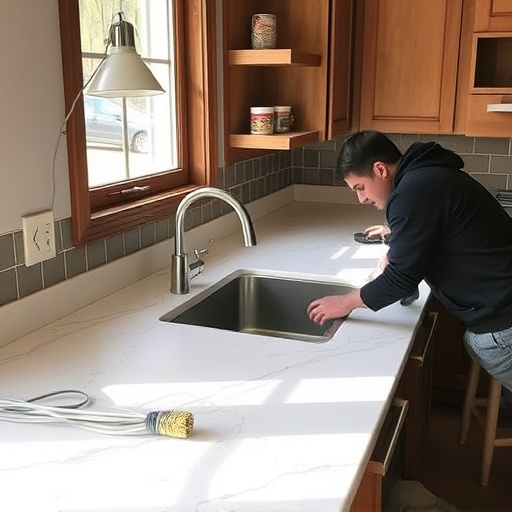
Before embarking on any commercial upgrade, it’s paramount to have a deep understanding of your business needs and future goals. This foundational step is often overlooked but can make or break the success of your renovation project. Conducting thorough research and planning will ensure that your upgrades align with your long-term objectives, be it expanding your customer base through improved aesthetics and functionality, enhancing employee productivity by optimizing space, or implementing sustainable practices to reduce operational costs.
For instance, if your vision involves creating a more modern and inviting environment for customers, then consider customized home renovations like floor replacements and interior painting as part of your upgrade strategy. These changes can significantly impact the overall ambiance and customer experience, potentially driving foot traffic and increasing sales. However, ensure that any modifications are tailored to your specific business requirements and target audience to avoid unnecessary expenses or misaligned expectations.
When planning a commercial upgrade, thoroughly assessing your current infrastructure and aligning it with future business goals is paramount. Identifying pain points and understanding your unique needs should guide every step of the process. By avoiding common mistakes like neglecting to assess existing systems or misaligning upgrades with business objectives, businesses can ensure their commercial upgrade fosters growth and longevity rather than creates new challenges.





